- Community
- Get Back in the Habit
- Speeding
Whoa! Not so Fast
Most of us could admit that we’re guilty of speeding from time to time. Going 10 km/h over the limit may not seem like much, but it doubles your risk of a crash; it also doesn’t save much time. With speed contributing to one in four fatal collisions annually, going the speed limit could save a life.
Speeding: By the Numbers
Speed Kills
One in four fatal collisions in Alberta involve a speeding driver.
Do as I Say, Not as I Do
79% of drivers see others speeding frequently, but only 12% admit to doing it themselves.
Hard to Stop
It takes an average of 2.5 seconds to react and apply the brakes. When driving at 30 km/h, a vehicle will travel the length of four vehicles in that time.
Quiz - So, Just How Fast CAN You Go?
Find out with our quick quiz!
- What does a speed limit sign with a white background mean?
- What’s the standard speed limit in school and playground zones?
Quiz Summary
Speed Limits in Alberta
Here are a few things to keep in mind to make sure you know the limit and stay within it:
- Speed signs in Alberta are posted in kilometres per hour.
- Whether you see a sign or not, you’re responsible for respecting all speed limits.
- Posted speed limits are the maximum speed for that road—and they’re for ideal driving conditions. Bad roads? Go slower.
- Always drive to the conditions.
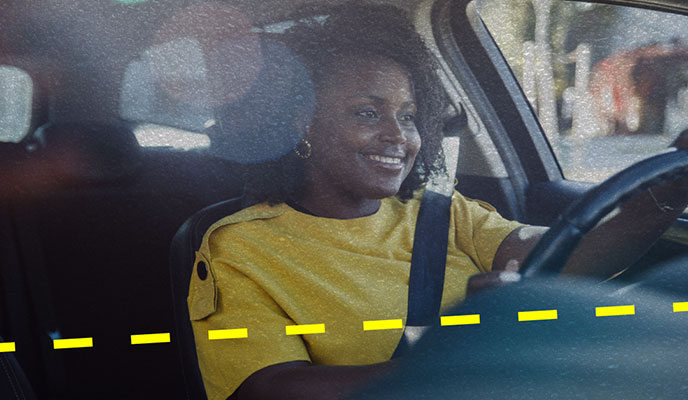
Know the (Speed) Signs
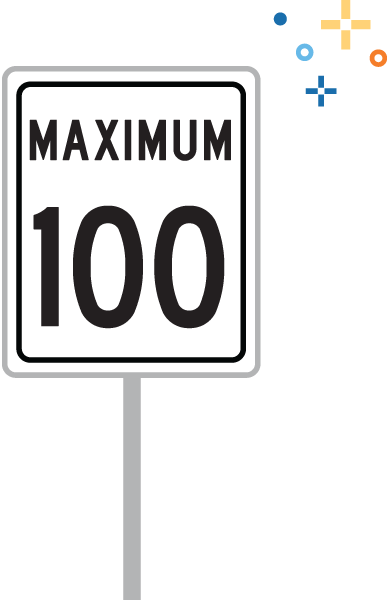
Maximum Speed
Indicates the legal speed limit for the road you're travelling on.
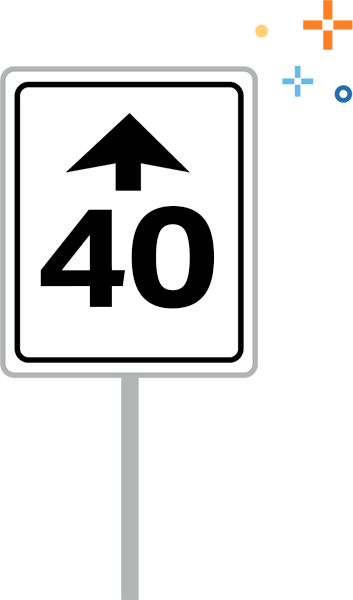
Speed Change Ahead
Indicates that the speed limit will be changing. Adjust your speed appropriately as you enter the new speed zone.
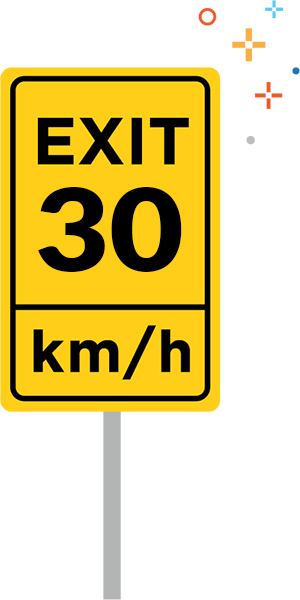
Recommended Speed
Normally found on sharp curves and exit ramps, a yellow background tells you the recommended speed for this stretch of the road.
Unless Otherwise Posted, Speed Limits in Alberta Are as Follows:
- School and playground zones: 30 km/h
- Provincial highways outside urban areas: 100 km/h
- Provincial highways inside urban areas: 80 km/h
- Roadways outside urban areas: 80 km/h
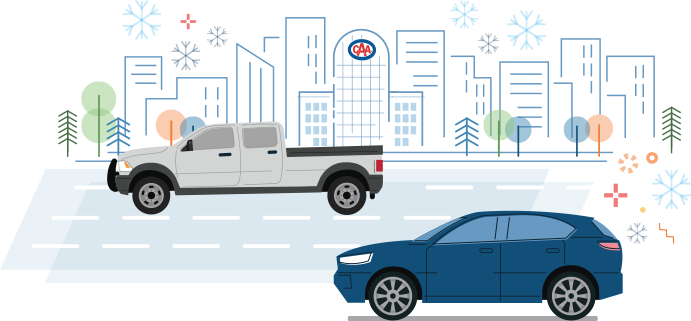
Additional Driving Tips
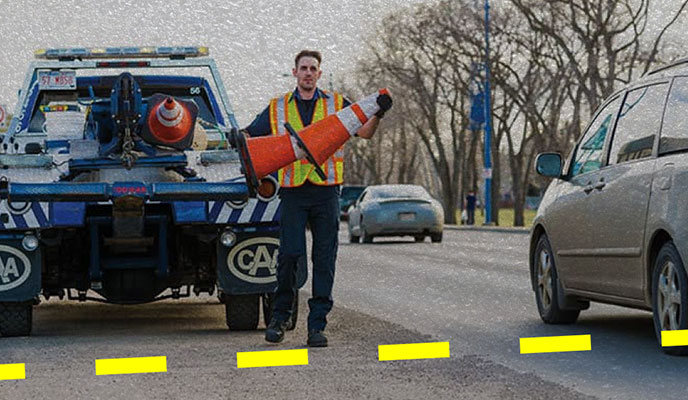
Passing Emergency & Roadside Vehicles
Everyone wants to get home safely, and that includes tow truck drivers, emergency workers, and other roadside operators. So when you see them, help the people who are there to help you at the roadside by slowing down and moving over.
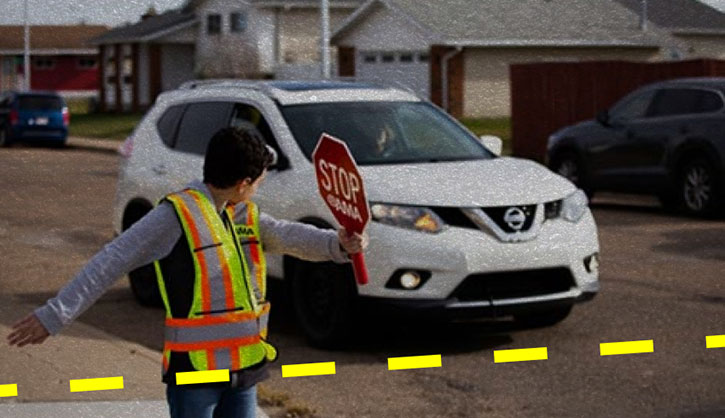
Slowing Down in School and Playground Zones
Give our kids a "brake" and slow down in school and playground zones. Unless otherwise posted, 30 km/h is the maximum speed limit in both urban and rural school/playground zones, and passing isn’t allowed. Hours vary by municipality, so it’s important to know and follow the laws in your area.
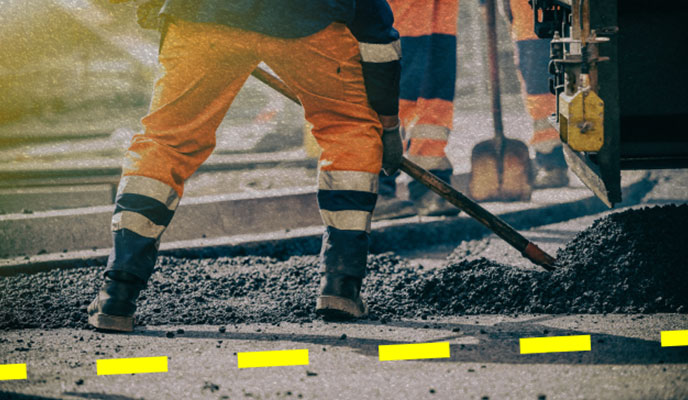
Take it Slow in Construction Zones
If you were walking through a construction zone, you’d take the required precautions to stay safe; so do the same thing when you’re driving. Help workers get home safely by going the posted speed limit and taking directions from flag people.
Avoid Extreme Speeds
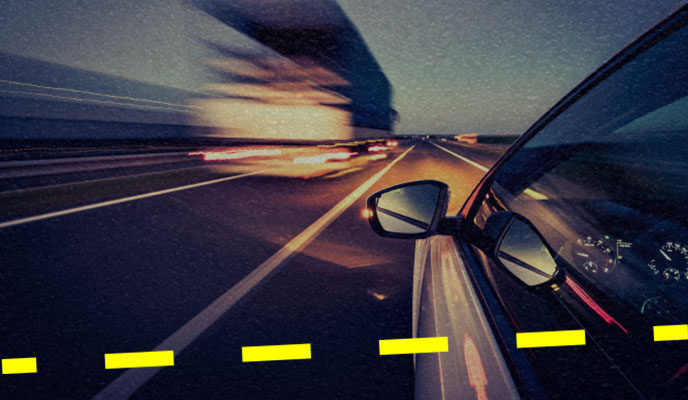
Excessive Speeding Should Have Consequences
Excessive speeding is what it’s called when someone drives significantly over the posted limit. Given the high risk of fatalities in high-speed collisions, AMA is advocating for roadside vehicle seizures and licence suspensions for anyone caught speeding excessively.
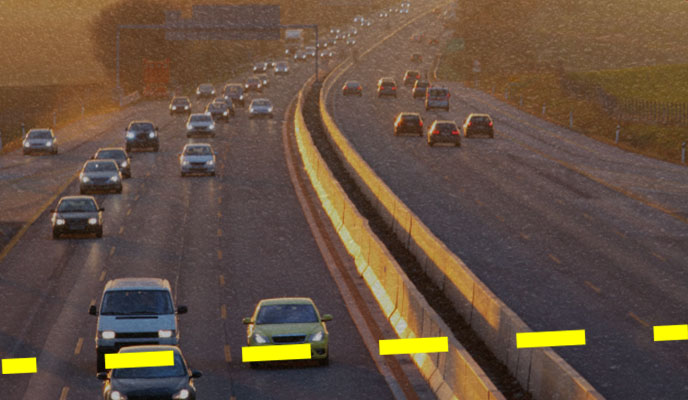
Speeding Is Aggressive Driving
There’s no denying it, speeding is a form of aggressive driving, which is why AMA Driver Education offers courses to help put the brakes on speeding and other risky behaviours. Break your own bad habits and learn how to safely respond to speeders with these expert-led courses:
Common Mistakes and How to Avoid Them
Spend a few minutes learning about the common causes of traffic collisions in Alberta—and see how easy it can be to avoid them.
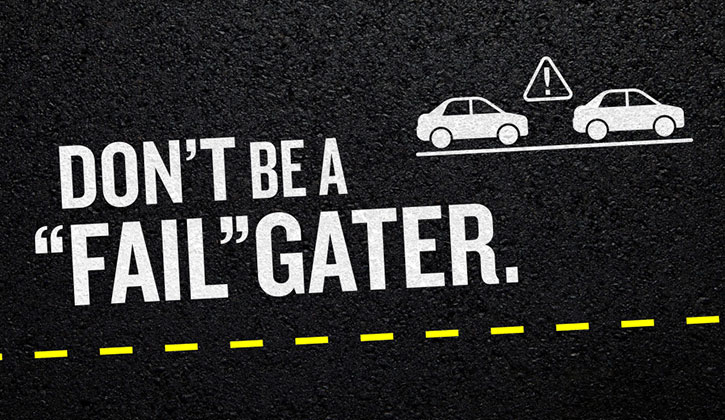
Tailgating keyboard_arrow_right
We all need a little space—even when we’re driving. That’s why we’re calling tailgating what it is: failgating. It actually slows traffic and accounts for nearly a third of Alberta’s casualty collisions. It's a total fail. So, when we get in the habit of giving space, we can avoid the painful and costly results of rear-end collisions.
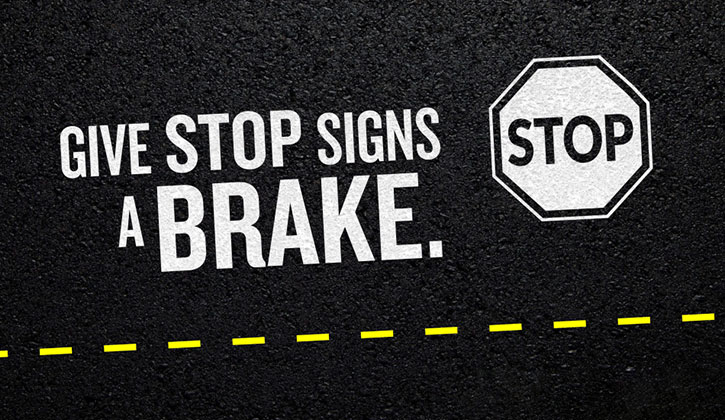
Stopping at a Stop Sign keyboard_arrow_right
Every driver knows the one basic rule about stop signs: come to a complete stop. But failing to stop correctly continues to be one of the top causes of collisions in Alberta. If we all take a moment to improve our habits at stop signs, we can significantly reduce the number of collisions on our roads.
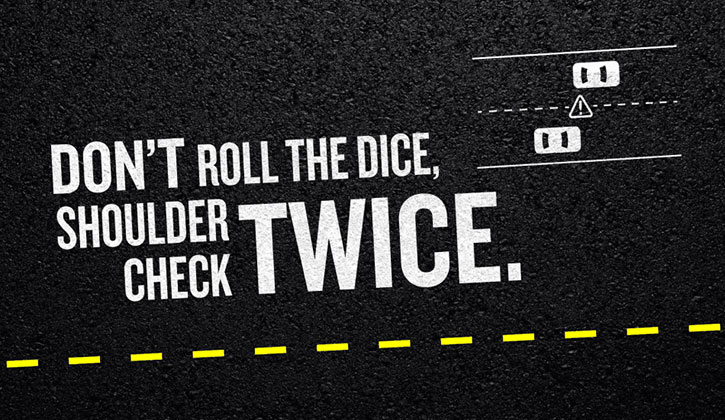
Changing Lanes keyboard_arrow_right
Changing lanes is something drivers have to do all the time, and yet this everyday action is a common cause of collisions in Alberta. After all, even experienced drivers forget to use their mirrors or shoulder check as often as they should. Getting into the habit of shoulder checking before we move is easy to do.
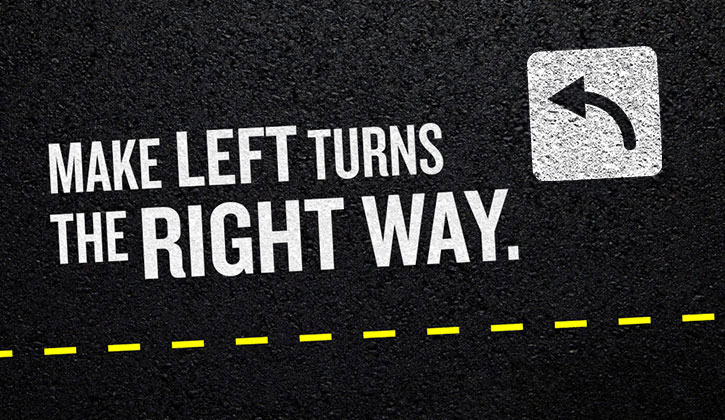
Turning Left keyboard_arrow_right
We’ve all been there, waiting for the perfect moment to turn left. Unfortunately, not everyone makes it a habit to make a safe left turn, and improper left turns are a frequent cause of collisions in Alberta. The good news is making safe left turns is easy when you remember: one at a time, then follow the line.

Tailgating keyboard_arrow_right
We all need a little space—even when we’re driving. That’s why we’re calling tailgating what it is: failgating. It actually slows traffic and accounts for nearly a third of Alberta’s casualty collisions. It's a total fail. So, when we get in the habit of giving space, we can avoid the painful and costly results of rear-end collisions.

Stopping at a Stop Sign keyboard_arrow_right
Every driver knows the one basic rule about stop signs: come to a complete stop. But failing to stop correctly continues to be one of the top causes of collisions in Alberta. If we all take a moment to improve our habits at stop signs, we can significantly reduce the number of collisions on our roads.

Changing Lanes keyboard_arrow_right
Changing lanes is something drivers have to do all the time, and yet this everyday action is a common cause of collisions in Alberta. After all, even experienced drivers forget to use their mirrors or shoulder check as often as they should. Getting into the habit of shoulder checking before we move is easy to do.

Turning Left keyboard_arrow_right
We’ve all been there, waiting for the perfect moment to turn left. Unfortunately, not everyone makes it a habit to make a safe left turn, and improper left turns are a frequent cause of collisions in Alberta. The good news is making safe left turns is easy when you remember: one at a time, then follow the line.
Popular Resources
Read our latest articles, find out what we've been doing in the community, and get tips to live your best life with confidence.
View All Resources
